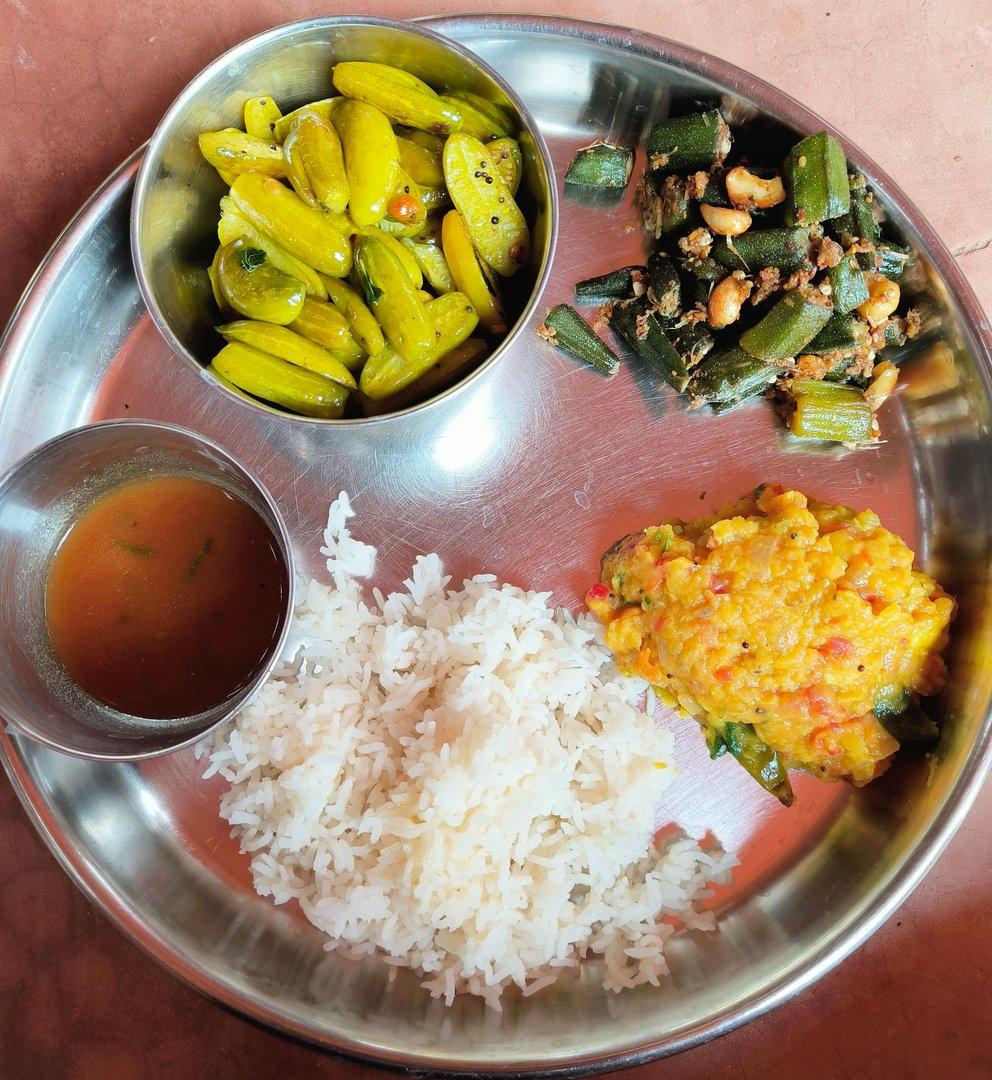Eating Interventions: Attitude towards food
In this first part of a 4 article series about eating interventions that can help neurodiverse children, we deal with cultivating good attitudes towards food.
Battles around food are an unavoidable part of being a parent. Children and parents seem to have completely different opinions about pretty much every aspect of food - what to eat, when to eat and how to eat.
Eating more than what we need, ‘indulging’, seems to be becoming a cultural norm. It does not help that more and more junk food is being engineered to create cravings. “No one can eat just one” is not a cute advertisement tagline any more, it is starting to sound more and more like a warning on an addictive substance!
At the same time, issues like picky eating, eating in a hurry, refusing to chew, not being able to maintain oral hygiene are on the rise. These issues become much more pronounced and difficult to handle with neurodiverse children, whose sensitivities and anxieties are as such difficult to live with.
As parents, our goal should be to help children eat good food in reasonable quantities at a sustained pace. In this article, we present a few thoughts and hands-on techniques to help neurodiverse children acquire and maintain good food habits.

Cultivate a good attitude towards food
For many parents, food is synonymous with love. We can never hold back our love or their favourite food! Most of our children love food, they are fully attentive and engaged around it, and it is difficult to think how that love is impacting them. However, our love should empower them, make them healthy and independent.
Eating is a part of lifestyle. Also, modelling is very powerful. So, any change we expect in the food habits of the child has to be implemented by the entire family.
The family should have a good routine for waking up and getting physical activity in the morning. It is important to drink water to stimulate bowel movement and build a sense of hunger. This is especially important for pooreaters.
It is important to plan balanced meals. Have a weekly meeting to plan the menu. Make space for favourite foods like samosas, popcorn or chicken burgers. Decide on the quantities. Even if your child is not verbal, make them a part of the meeting and let them respond with yes or no. All this activity builds predictability and reduces anxiety about favourite foods. You can use the menu as an opportunity to build #communication, create a sense of time through the #calendar, build it into their weekly #schedule, help them get into the habit of checking written instructions or schedules instead of asking the same questions again and again…the possibilities are endless! Remember our children love food and it is a great motivator.
Last but not least, eat together as a family as frequently as you can. Show how to eat measured quantities of food. Talk about food and how you enjoy good food. Model to children that one can eat good, healthy food in moderate quantities and still be happy!
You can read the rest of the articles in this series below.
Eating Interventions: Eating too much
Eating Interventions: Eating too little
Eating Interventions: Eating too fast or slow
Please note that these interventions are shared for general guidance. Designing and executing interventions - more importantly - noticing how the child responds and modifying the interventions so the child does not get distressed, is a specialist job. Consult qualified therapists as necessary.
Need support for your child?
Get in touch for expert help!